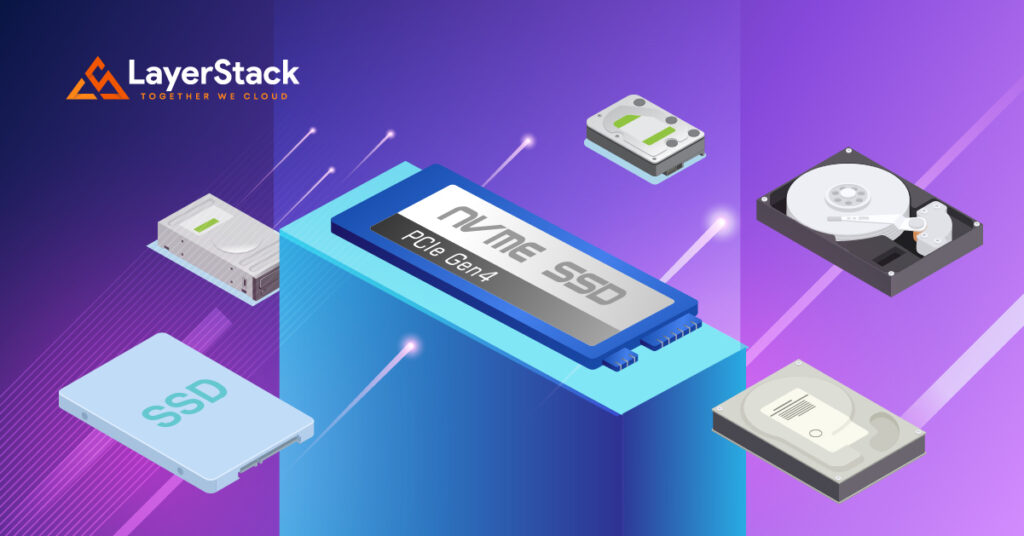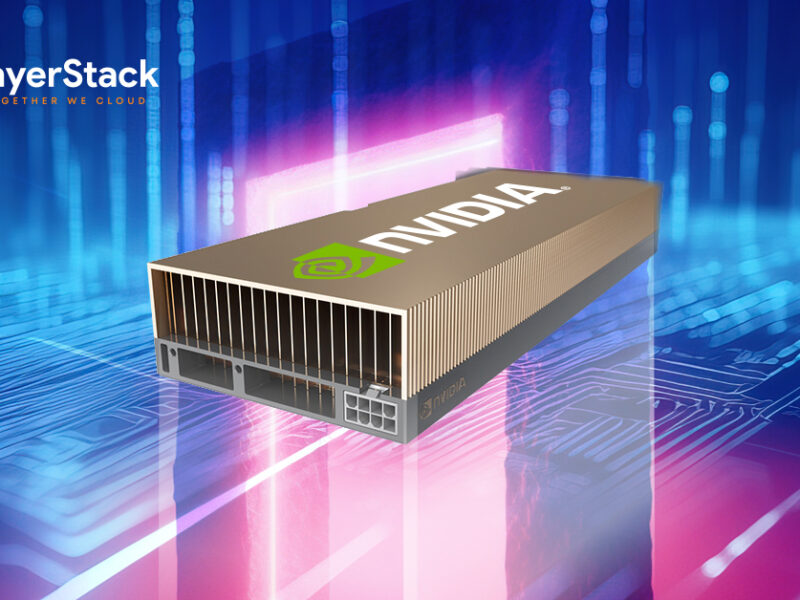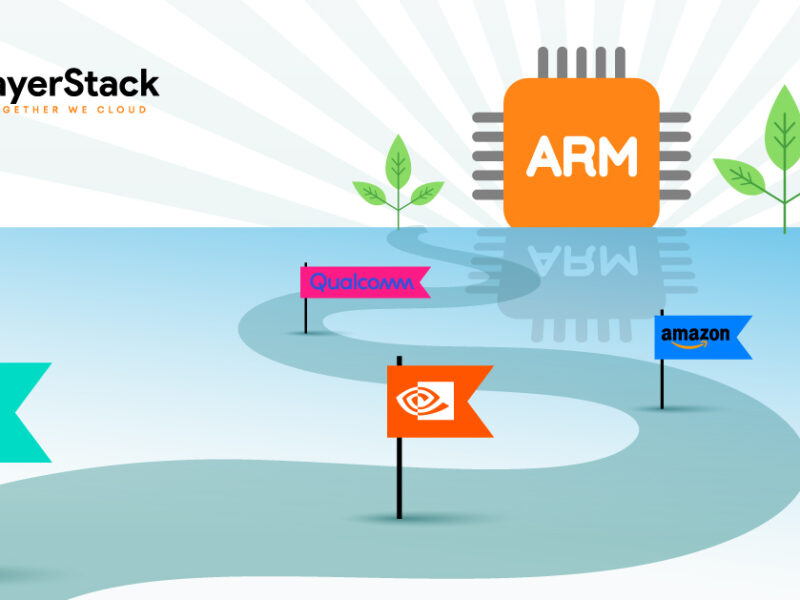
In the fast-paced world of cloud computing, technology is constantly evolving to meet the increasing demands for speed, performance, and efficiency. One such innovation that has taken the cloud storage industry by storm is NVMe (Non-Volatile Memory Express) storage. Once reserved for high-end data centers and specialized computing installations, NVMe has now become mainstream, offering lightning-fast speeds and significant advantages over conventional block storage technologies like SATA. Today let us explore the origins and benefits of NVMe, understand why it matters in modern computing, and discuss the best scenarios for adopting this powerful technology.
The Evolution of Storage Technologies

To comprehend the significance of NVMe, it’s essential to understand the evolution of storage technologies. SATA, introduced in 2000, was a major improvement over previous technologies and became the standard for connecting computers to storage devices. While SATA worked well with traditional spinning hard disk drives (HDDs), the advent of faster and more efficient flash-based solid-state drives (SSDs) exposed SATA’s limitations as a bottleneck for speedier SSDs.
To address this limitation, hardware designers turned to the PCIe bus, known for its parallel processing capabilities, as a solution. However, various proprietary solutions emerged, lacking uniformity and requiring separate device drivers and installation procedures for each device. This scenario led to the formation of the NVM Express (NVMe) working group, spearheaded by Intel, which released the first version of NVMe in 2011 as a uniform and efficient solution for flash media.
The Power of NVMe
NVMe introduced several improvements over traditional storage standards, with one significant change being the inclusion of a microcontroller directly communicating with the CPU via the PCIe bus. This design choice resulted in more parallel I/O, lower latency, and increased throughput. As a result, NVMe storage delivers substantially faster speeds compared to conventional storage technologies. For example, while conventional drives may have throughputs around 250MB/sec, NVMe drives can reach throughputs measured in gigabytes, making them up to 100 times faster.
NVMe Performance Comparison
NVMe technology provides advanced storage, speed and compatibility. Compared with SATA SSD, NVMe SSD transfers 25 times more data by using PCIe sockets. And the commands of NVMe SSD are 2 times faster compared to that of AHCI drives. Moreover, the input/output operations per second (IOPS) from NVMe SSD exceeds 1 million and is up to 900% faster than that of AHCI drives.

The impact of NVMe extends beyond just raw speed. Its exceptional IOPS performance, often 10 to 100 times higher than conventional HDDs, makes it ideal for transactional services like databases, ecommerce sites, and applications that require many simultaneous connections. NVMe’s superior performance density (IOPS per gigabyte) further enhances its value for high-performance scenarios.
Making the Right Choice: NVMe or Conventional Storage?
As with any technology, there are trade-offs to consider. While NVMe’s performance is unparalleled, it comes at a higher cost per megabyte compared to conventional object storage. To optimize costs, organizations often use NVMe for frequently accessed data and latency-sensitive workloads, while relying on conventional storage for archiving and less-frequently accessed data.
Determining the Right Time to Adopt NVMe
Having said that, the right time to migrate to NVMe storage depends on your specific needs and use cases. If you operate a high-demand computing environment, such as financial systems, AI and machine learning, real-time customer-facing services, PC gaming, or distributed storage systems, NVMe provides a solid foundation for scaling efficiently.
If you run your services in the cloud, the decision to upgrade to NVMe block storage will be influenced by the performance benefits it offers compared to the additional cost. However, with the decreasing price of NVMe storage, the upgrade becomes more compelling, and it becomes easier to justify shifting critical services to NVMe.
NVMe and the Hybrid Cloud
NVMe opens up intriguing possibilities in a hybrid cloud environment, where organizations place some resources in the cloud while keeping critical applications with low-latency requirements running locally. The high-performing NVMe can help consolidate services in the cloud, streamlining operations and avoiding the complexities of managing services in two places.
Moreover, for organizations using object storage due to the performance limitations of conventional block storage, the introduction of cost-effective NVMe storage can revolutionize their approach. Critical services that were previously on object storage can be shifted to NVMe, unlocking a new level of performance.
Conclusion
NVMe cloud storage has transformed the storage landscape, offering unparalleled speed, low latency, and improved performance density. As it becomes more accessible and cost-effective, NVMe is finding its way into various computing scenarios, from high-end applications to mainstream cloud environments.
The decision to upgrade to NVMe depends on your performance needs, use cases, and the cost considerations in your specific environment. Whether you’re running a large-scale cloud platform or managing a hybrid cloud setup, NVMe storage is a powerful technology that can significantly enhance your storage performance and efficiency.


